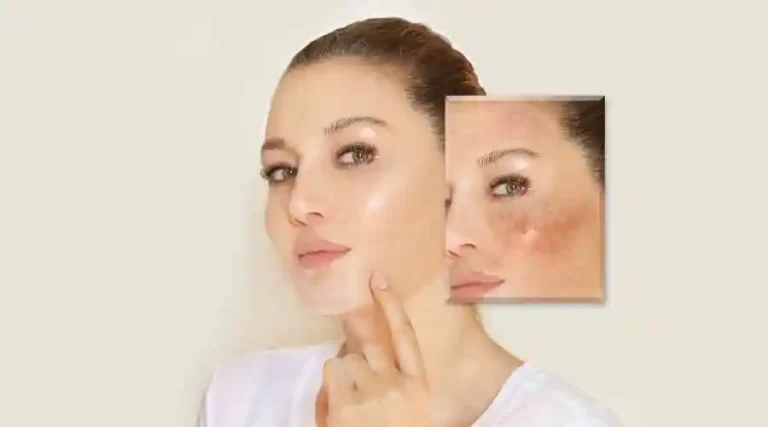What is the ideal melasma treatment? What can you do to make sure your skin gets the finest results?
Brown spots that are typically irregular in size define melasma. They can show up on the nose, upper lip, cheekbones, and forehead. Melasma is more likely to affect women who have a long history of sun exposure. Hormones and genetic inclination are other elements to take into account. It is not rare for a woman to get this hyperpigmentation during pregnancy.
Even though melasma is not a sign of a medical condition, it can be emotionally upsetting and increase a woman’s stress level—especially in the modern workplace, where having confidence in oneself is crucial.
Melasma is best treated by combining several different methods.
Hydroquinone 4% and other bleaching chemicals work wonders at fading the discoloration. Personally, I prefer to employ a combination of several bleaching chemicals at 2% rather than 4%. This minimizes potential negative effects while being equally effective.
Azelic acid and retinol A are effective. Sometimes utilizing a cream that includes retin A, hydroquinone, and a moderate steroid yields the best results on women of color.
All of the aforementioned items are only to be used with a doctor’s supervision and are only available with a prescription. Do not apply your friend’s creams!
Laser procedures are also highly beneficial. Melasma can be effectively treated with fractional lasers, such as the well-known Fraxel. Along with removing the dark pigments, fractional laser therapy also rejuvenates the skin.
Sun protection is essential for melasma treatment and recurrence prevention. Every day, an SPF of at least 30 should be applied.
You’re not required to cover up your flesh. Your skin will be radiant if you receive the proper care and adhere to the recommended at-home maintenance regimen.
In a flash of light, beauty!
Love your skin,
Dr. Galope






